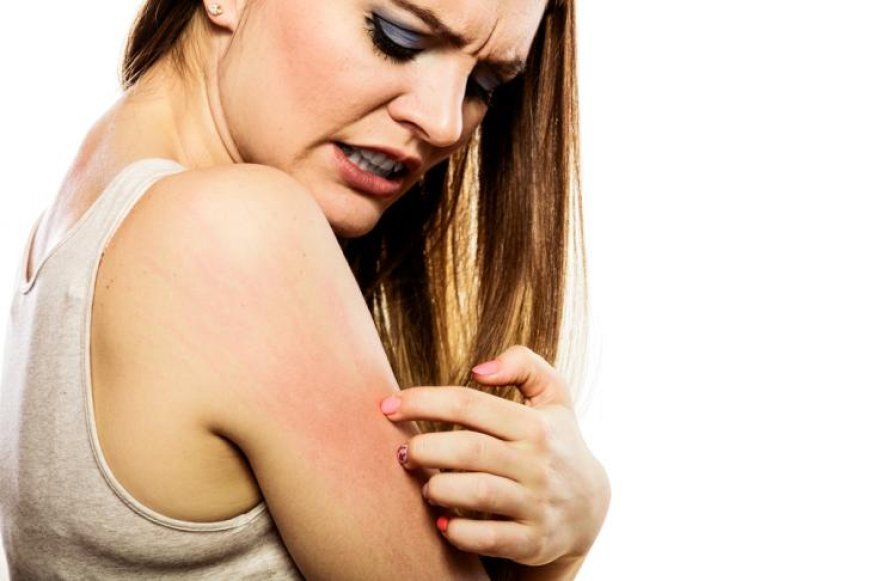Ringworm
Ringworm, or dermatophytosis, is a fungal infection that can affect the skin, nails, and hair on humans and animals.

Ringworm, or dermatophytosis, is a fungal infection that can affect the skin, nails, and hair on humans and animals.
It is a common skin problem that affects both adults and children and can occur anywhere on the body. The condition gets its name from the classic red circular rash it typically causes, which can look like a worm under the skin. Although it is not serious, it is highly contagious and can spread quickly. Knowing how to recognize and treat ringworm is important for helping to control the spread of the infection and to prevent it from recurring.
What is Ringworm?
Ringworm is not actually a worm, but is a fungal infection caused by a group of parasitic fungi that parasitize the dead layers of skin, nails, or hair. The fungus, which is known as a dermatophyte, thrives in warm, moist environments, and can infect the skin of any species. The condition is highly contagious and can be spread by skin-to-skin contact, sharing items such as bedding or clothing, or from contact with infected animals.
Signs and Symptoms of Ringworm
Ringworm typically begins with an itchy red rash, which progresses to a ring-shaped patch of raised, red, scaly skin. The center of the rash may appear clear or slightly red and dry, while the edges of the red rash will look raised and scaly. The affected area may also be extremely itchy and painful to the touch. In some cases, the rash may appear as multiple red rings.
The infection can affect any part of the body including the hands, feet, facial skin, groin area, scalp, and nails. Ringworm of the scalp can cause the hair to become brittle and start to fall out, leading to bald patches on the scalp. It is important to diagnose ringworm quickly, as long-term infection can cause permanent damage to hair and nails and become resistant to treatment.
How is Ringworm Diagnosed? If you think you may have a fungal infection, it is important to see a doctor as soon as possible in order to receive an accurate diagnosis. A doctor will typically look for the classic ring-shaped rash but may also take small samples of skin, hair, or nails to get a closer look at the infection, as well as a complete medical history. A laboratory test can also be used to verify the diagnosis.
Treatment of Ringworm
The main goals of treatment are to stop the spread of the infection and to reduce the symptoms quickly. Treatment will depend on the severity of the infection and the affected area.
Topical Antifungal Medication For mild to moderate cases of ringworm, topical antifungal medications such as creams or ointments are typically used. These medications can be applied directly to the affected area to help reduce symptoms and clear up the infection. Over-the-counter antifungal medications are available, but it is important to check with a doctor first before using them.
Oral Antifungal Medication In more severe cases, or when topical medications are not effective, oral antifungal medications may be prescribed. These medications are taken by mouth and can help clear up the infection more quickly.
How to Prevent Ringworm Ringworm infections can be difficult to prevent, as they are highly contagious and can spread quickly. However, there are several steps that can be taken to reduce the risk of infection.
Good Hygiene Good hygiene is the best way to prevent ringworm and other skin infections. Be sure to wash hands regularly and keep nails trimmed and clean.
